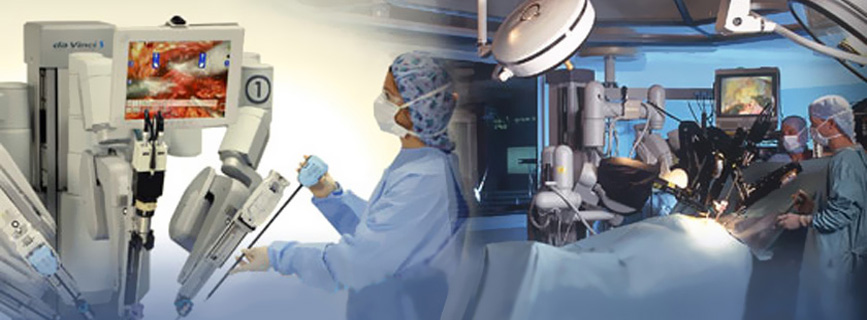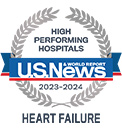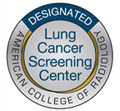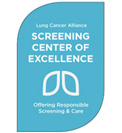Minimally Invasive, Robotic-Assisted Surgery
The UC Davis Department of Surgery proudly offers minimally invasive, robotic-assisted procedures in two of its specialty divisions: Gastrointestinal and Minimally Invasive Surgery and Cardiothoracic Surgery. As with all surgical services, every robotic-assisted procedure is performed by a highly experienced and skilled team of surgeons, nurses and supporting staff who specialize in using UC Davis Medical Center's da Vinci® surgical system.
The robotic surgical system represents the latest development in minimally invasive medical technology. Surgeons have a precision tool that utilizes very small incisions similar to those found in conventional minimally invasive procedures known as laparoscopies.
The key differences with the robotic system are that surgeons have a broader visualization of the operative field and more precision control of their surgical instruments. This sophisticated device allows a physician to combine the best of both minimally invasive and conventional "open" surgery techniques. It is an advantage that can truly benefit those patients for whom robotic-assisted surgery is appropriate.
Benefits for Patients
The type of robotic surgical system available at UC Davis Medical Center has been used successfully in thousands of cases around the world. The precision of this technology can be ideal for treating certain conditions that otherwise would not be treatable with conventional, minimally invasive techniques. Robotic-assisted surgery offers several potential benefits, including:
- Less pain
- Less blood loss
- Less risk of infection
- Less scarring
- Shorter hospital stay
- Quicker recovery time
Because the procedure requires only small incisions, recovery times from surgery are generally faster. There is generally less blood loss during a robotic-assisted procedure, resulting in higher blood counts for patients, enabling them to more quickly regain strength and stamina.
As with any surgery, there always is an element of risk. Outcomes cannot be guaranteed. Successful surgery depends both on the patient and the procedure. Your physician will discuss the risks and benefits of each treatment option with you.






